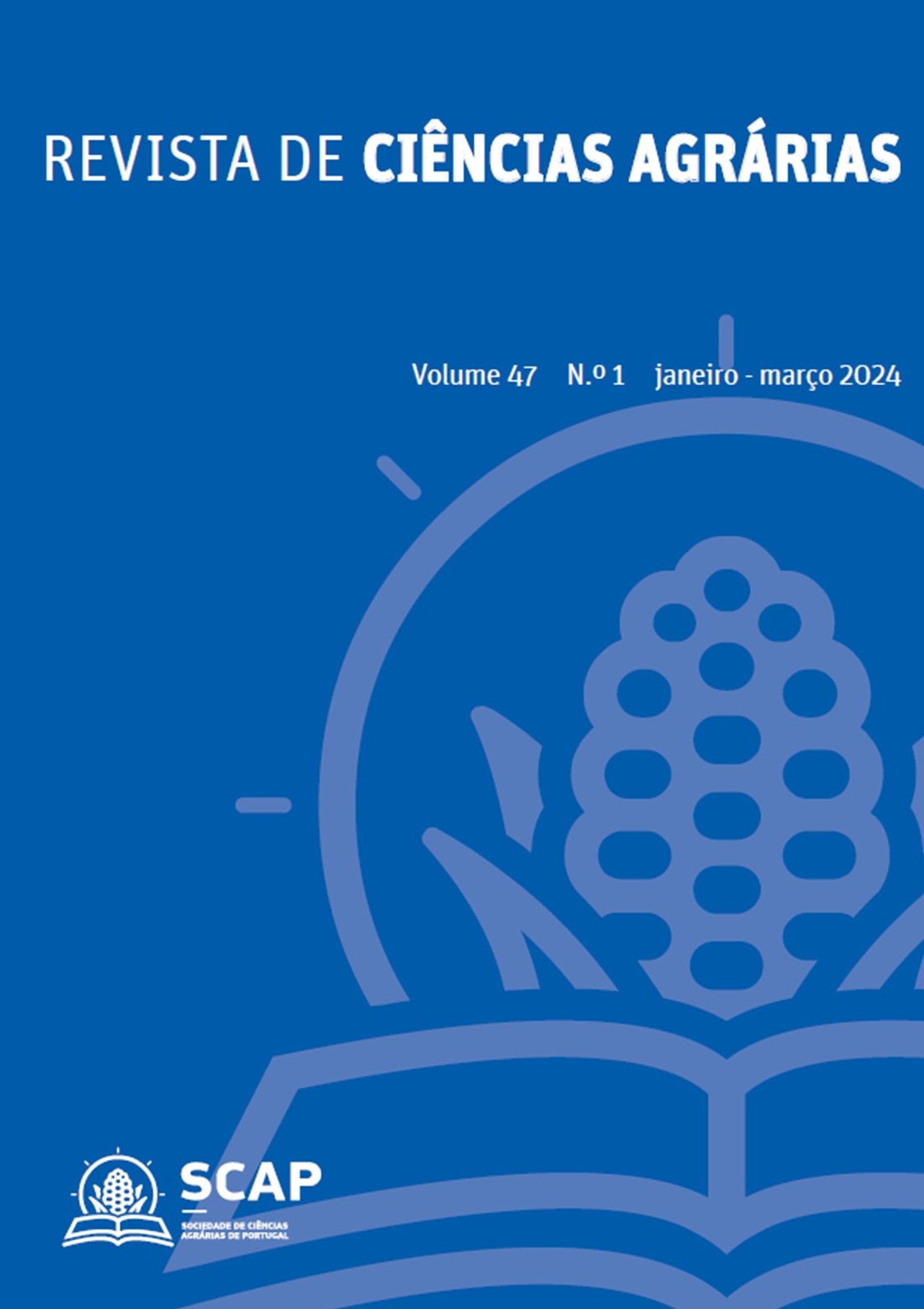Use of hyrolates from aromatic plants for the control of four weed species
DOI:
https://doi.org/10.19084/rca.34966Abstract
During the distillation process of aromatic plants a liquid byproduct so called hydrolate is produced which is known to have some herbicidal activity in vitro. The next step to study a possible inhibition of germination would be to use the product in greenhouse conditions. With this aim three trials were carried out in big pots using hydrolates of lavender (Lavandula intermedia var. Super) and of Artemisia absinthium at two different rates. As target weed species Echinochloa crus-galli (L.) P. Beauv., Sonchus oleraceus L., Datura stramonium L. and Conyza bonariensis (L.) Cronq. were seeded. The same weed populations were used in the three trials and 4 replicates were conducted. The results showed a more or less pronounced reduction in weed emergence depending on the species already at the lower rates of the hydrolates. The most susceptible species were S. oleraceus and Conyza bonariensis with an emergence reduction between 8 and 100% depending on the trial without a marked difference in the type of hydrolate. E. crus-galli was the least affected by the action of hydrolates. The low emergence of D. stramonium in two of the trials and quite irregular results in the other suggest that more trials should be conducted focusing on analysing some of the factors more in detail such as the irrigation, that could have washed out the bioactive fraction of the hydrolates.


